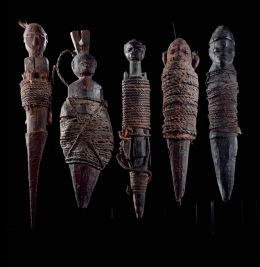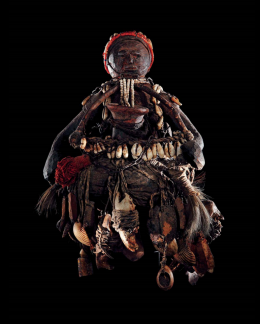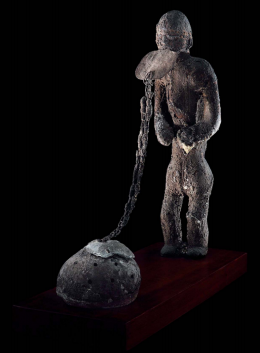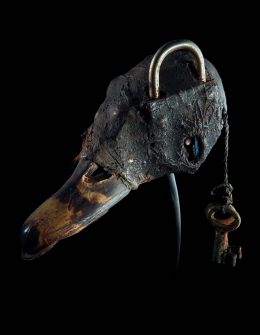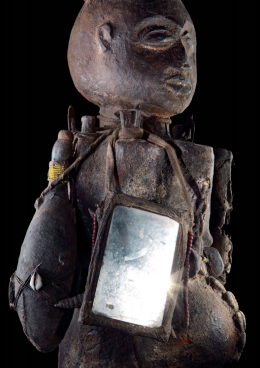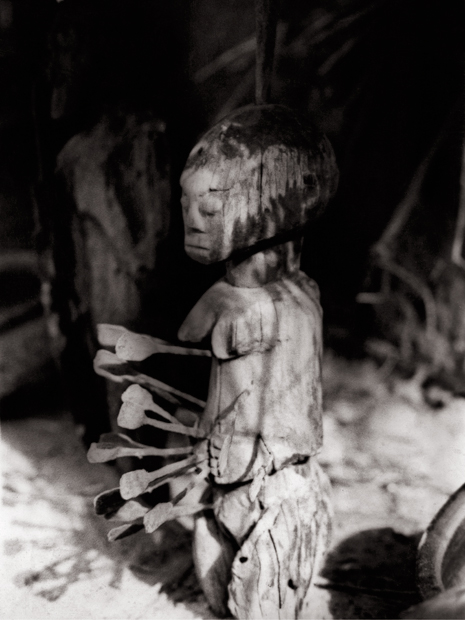The object as a medium of transference
“With regard to African sculpture we have to stop being afraid of feeling ignorant and let it get inside of us; we have to approach it, get to know it, appropriate it for ourselves, love it. Give it our time, open our sexuality up to it, our dreams, offer it our death, our inhibitions, rediscover other things inside of ourselves”
Jacques Kerchache, 1988
First published in Jacques Kerchache, Jean-Louis Paudrat and Lucien Stéphan, L’Art africain (Paris: Citadelles & Mazenod, 1988-2008), pp. 335-347 (excerpt).
Excerpted from the catalog Vodun: African Voodoo, Fondation Cartier pour l’art contemporain, Paris, 2011
One of the most important collections of West African Vodun Sculpture was recently shown in Paris at the Fondation Cartier. Amassed during the 1960’s by the late explorer and primitive art expert, Jacques Kerchache, these “noble assemblages”, as he described them, give us deep insight into the identity of our artistic ancestry.
“Artists have played a key role in all cultures from prehistoric times to the present day. And, in particular, in societies without writing, artists are a support for the spoken word, the very identity of a people, respecting their prohibitions so as to better circumvent them, always finding new ways to enhance the expressiveness of their works without destroying that element of esotericism that gives them their beauty. Artists are the people who ask original questions with regard to an object, no matter what its use (contemplative or active), the people for whom it is not so much the subject that is important as the way in which it will be handled. In all times and all places, artists have always been the great magicians.”
Jacques Kerchache, undated
Excerpted from the catalog Vodun: African Voodoo, Fondation Cartier pour l’art contemporain, Paris, 2011
“The objects are primarily an answer to problems but also a way to reach the spiritual world to gain some peace”
Video Interview with Suzanne Preston Blier >
“The work of art is…both a symptom and a cure” – Paul Ricoeur, Freud and Psychology
African Vodun, by Suzanne Preston Blier, The University of Chicago Press, 1996 >
In this major study Blier employs a variety of theoretically sophisticated psychological, anthropological, and art historical approaches to explore the contrasts inherent in the vodun arts, commoners versus royalty, popular versus elite, “low” art versus “high.” She examines the relation between art and the slave trade, the psychological dynamics of artistic expression, the significance of the body in sculptural expression, and indigenous perceptions of the psyche.
